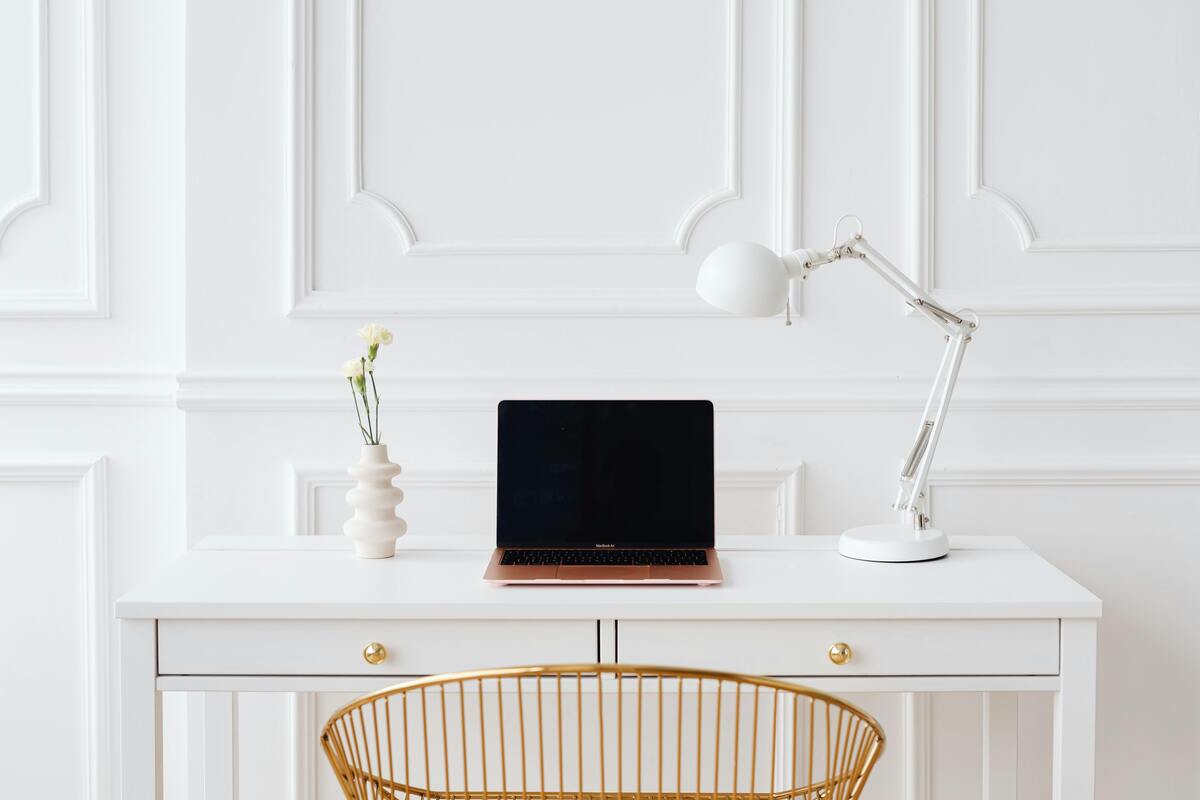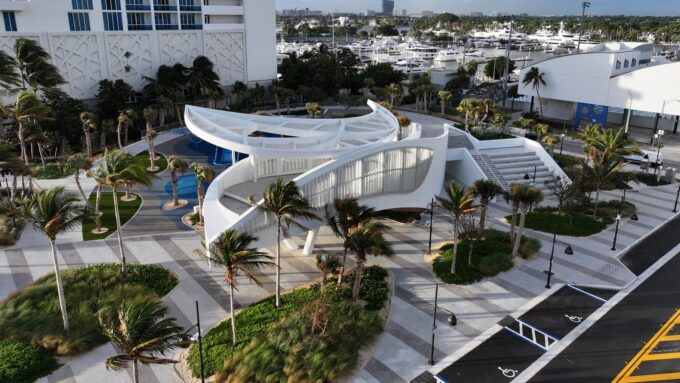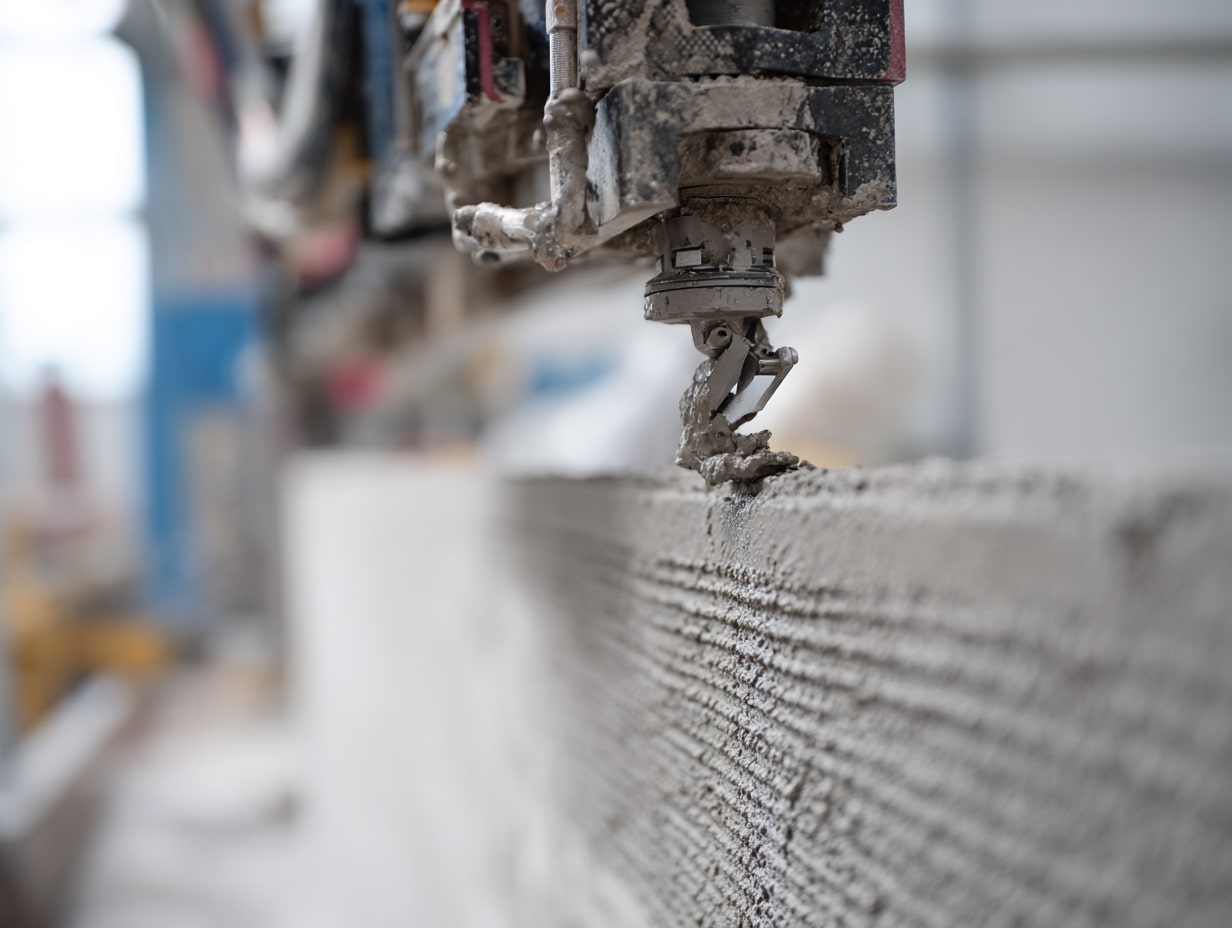- Home
- Articles
- Architectural Portfolio
- Architectral Presentation
- Inspirational Stories
- Architecture News
- Visualization
- BIM Industry
- Facade Design
- Parametric Design
- Career
- Landscape Architecture
- Construction
- Artificial Intelligence
- Sketching
- Design Softwares
- Diagrams
- Writing
- Architectural Tips
- Sustainability
- Courses
- Concept
- Technology
- History & Heritage
- Future of Architecture
- Guides & How-To
- Art & Culture
- Projects
- Interior Design
- Competitions
- Jobs
- Store
- Tools
- More
- Home
- Articles
- Architectural Portfolio
- Architectral Presentation
- Inspirational Stories
- Architecture News
- Visualization
- BIM Industry
- Facade Design
- Parametric Design
- Career
- Landscape Architecture
- Construction
- Artificial Intelligence
- Sketching
- Design Softwares
- Diagrams
- Writing
- Architectural Tips
- Sustainability
- Courses
- Concept
- Technology
- History & Heritage
- Future of Architecture
- Guides & How-To
- Art & Culture
- Projects
- Interior Design
- Competitions
- Jobs
- Store
- Tools
- More

Modern interior design has evolved significantly over the years, reflecting changes in technology, societal norms, and environmental concerns. This style, characterized by simplicity, clean lines, and a minimalist approach, aims to create spaces that are both functional and aesthetically pleasing. As we dive into the key elements of modern interior design, we’ll explore how these principles can transform any living space into a contemporary oasis.
Table of Contents
Toggle1. Simplicity
At the heart of modern interior design is the principle of simplicity. This doesn’t mean spaces should be bare or stark, but rather that every element has a purpose and place, contributing to an overall sense of order and calm. Furniture with clean lines, a neutral color palette, and a lack of clutter are hallmarks of this approach, ensuring that spaces feel open and unencumbered.

2. Functionality
Modern design prioritizes functionality, ensuring that every aspect of the space serves a purpose. Furniture often features sleek, geometric shapes and is designed to enhance the usability of the space. Multifunctional pieces that can adapt to different needs are particularly valued, reflecting a practical approach to living environments.
3. Open Spaces
The layout of modern interiors often emphasizes open, airy spaces that promote a sense of freedom and flow. This can be achieved through open floor plans that seamlessly connect different areas of the home, such as the living room, dining area, and kitchen. Large windows and strategically placed lighting further enhance the openness, making rooms feel more expansive and inviting.

4. Natural Light
Maximizing natural light is another key element of modern interior design. Large windows, skylights, and glass doors allow sunlight to flood into the space, creating a warm and welcoming atmosphere. Natural light not only enhances the beauty of the interior but also promotes well-being, making it an essential component of modern design.
5. Neutral Color Palette
Modern interiors often feature a neutral color palette, with shades of white, beige, gray, and black dominating. These colors create a serene and sophisticated backdrop, allowing architectural details and statement pieces to stand out. Accents of color can be introduced through artwork, accessories, or a single piece of bold furniture, adding depth and interest to the space.

6. Textures and Materials
While the color palette may be restrained, modern interior design plays with textures and materials to add richness and variety. Natural materials like wood, stone, and leather are juxtaposed with glass, metal, and concrete, creating a dynamic interplay of surfaces. Textiles in various textures can add warmth and comfort, balancing the sleekness of other elements.
For a striking yet subtle way to enhance your outdoor spaces, consider incorporating outdoor wall art in metal into your design. These pieces can add a contemporary edge while complementing the clean lines and simplicity of modern design. Whether you choose abstract patterns or nature-inspired designs, metal wall art is a durable and stylish addition to any outdoor area.
7. Sustainable and Eco-friendly Design
Sustainability has become increasingly important in modern interior design. Eco-friendly materials, energy-efficient appliances, and furniture made from renewable resources reflect a commitment to environmental stewardship. Incorporating green elements, such as indoor plants or a living wall, can further enhance the connection to nature.
8. Minimalist Art and Decor
Artwork and decor in modern interiors tend to follow a minimalist approach, with a focus on quality over quantity. A single, striking piece of art or a carefully curated collection of objects can create a focal point without overwhelming the space. The emphasis is on simplicity and visual impact, complementing the overall design aesthetic.
Modern interior design is more than just a style; it’s a reflection of contemporary life, emphasizing simplicity, functionality, and a connection to the natural world. By incorporating these key elements, you can create a living space that is not only aesthetically pleasing but also comfortable and sustainable. Whether you’re renovating your home or simply looking for ways to refresh your space, the principles of modern design offer endless possibilities for innovation and creativity.

1 Comment
Submit your architectural projects
Follow these steps for submission your project. Submission FormLatest Posts
3D Printed Homes: Time, Cost, and What to Expect
3D printed homes explained: realistic timelines (24–72h walls, 8–16 weeks total), true...
How a Contact Centre Boosts Trust in Your Building Business
In construction, trust is the glue that holds projects together. Clients need...
How Real Time Parcel Geolocation Is Redefining Last Mile Efficiency for Modern Businesses
Last mile delivery has become the most critical point in the customer...
How Can Small Spaces Stay Stylish and Relaxing?
In today’s fast-paced urban lifestyle, small living spaces are becoming increasingly common....












Great article! Loved the breakdown of modern interior design elements. Very informative and inspiring for design enthusiasts. Thanks for sharing.